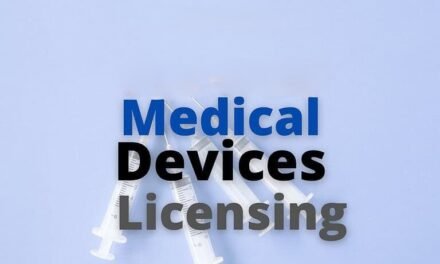
Can you manage low-volume and high-volume production in Medical Devices ?

Here are some strategies and considerations for managing these production volumes effectively:
Low-Volume Production
Low-volume production is often used for niche products, custom devices, clinical trial batches, or when a new product is launched. The key to managing low-volume production includes:
- Flexibility in Manufacturing: Use of versatile equipment and processes that can be easily adjusted for different products or small batches.
- Rapid Prototyping Technologies: Utilize additive manufacturing (3D printing) to reduce the need for expensive tooling and to allow for rapid design changes.
- Modular Tooling: Implement modular and interchangeable tooling systems that can accommodate a variety of designs without substantial additional investment.
- Lean Manufacturing Principles: Focus on reducing waste and optimizing production steps to keep costs down even with lower economies of scale.
- Close Supplier Relationships: Maintain strong relationships with suppliers to ensure that materials and components can be obtained quickly and in the appropriate quantities, avoiding excess inventory.
High-Volume Production
High-volume production is suitable for established products with predictable demand. Key strategies include:
- Automation: Implement automation in manufacturing processes to improve speed, consistency, and cost-effectiveness. Robotics and automated assembly lines can significantly increase output and reduce labor costs.
- Dedicated Tooling: Invest in specialized tooling and equipment designed for a single product to maximize efficiency and throughput.
- Quality Control Systems: Use advanced quality control systems, including statistical process control (SPC) and automated inspection techniques, to ensure product quality remains high despite the large volumes.
- Supply Chain Optimization: Develop an efficient supply chain with just-in-time delivery of materials to minimize inventory costs and reduce space requirements.
- Capacity Planning Tools: Utilize sophisticated capacity planning and scheduling software to optimize the use of machinery and labor, ensuring that production meets demand without excessive overcapacity.
Both Low and High-Volume Production
For both production volumes, consider the following universal principles:
- Quality Management Systems (QMS): Adhere to ISO 13485 standards, focusing on maintaining a robust QMS that can adapt to changes in production volume and complexity.
- Regulatory Compliance: Ensure all production, regardless of volume, complies with relevant regulatory requirements, including FDA regulations for medical devices, to prevent any legal or quality issues.
- Employee Training: Continuously train employees on the latest manufacturing practices, quality control standards, and safety protocols.
- Technology Integration: Leverage technology such as ERP (Enterprise Resource Planning) systems to streamline operations, manage resources, and maintain traceability across all levels of production.
Managing production efficiently, whether in low or high volumes, requires a balance of technology, skilled labor, and robust processes. Tailoring the approach to the specific needs of the production volume and the characteristics of the medical device being manufactured is crucial for success.




























